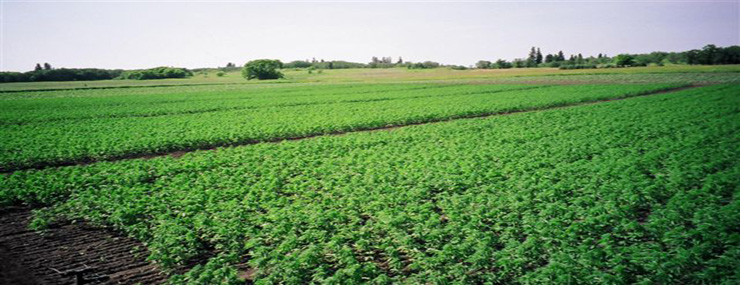Organic farming and production of industrial hemp sets the standard for top quality freshness, texture, flavor, sustainability and variety. These products are produced without the standard array of modern toxic and persistent chemicals commonly used on conventional products since the 1950s. Yet organic farming isn’t primitive, it’s actually farming with our future at heart.
Basic Conventional Farming
To help understand the differences, here is a quick look at conventional farming practices. Conventional growers use an assortment of synthetic pesticides, fertilizers, genetically engineered organisms and growth enhancers to stimulate their soil and crops. Their focus is on short-term yield increases rather than long term soil health. When the soil is found lacking in various nutrients, they are added through the use of synthetic fertilizers. Crops may be grown from genetically engineered seeds. Pesticides or fungicides may be used to control insects in crop storage and transportation. Conventional farmers can use manure without restrictions and are not required to keep records of their production practices.
Basic Organic Farming
Organic farming emphasizes the use of renewable resources and the conservation of soil and water to enhance environmental quality. Organic standards require that farmers:
- Replenish and maintain soil fertility.
- Eliminate the use of toxic persistent pesticides.
- Restore, maintain, and enhance ecological harmony.
- Build and support biologically diverse agriculture.
To be certified as organic, all organic farmers must keep records verifying their practices and products used.
Organic Farming Practices
Organic farmers select the most environmentally friendly solutions to the pests and disease problems that affect their crops. These strategies include:
Crop rotation
This means alternating the crops grown in each field, rather than growing the same crop year after year (mono-cropping). Different plants contribute varying nutrients to the soil. By rotating crops, the soil is naturally replenished. This time-honored practice can eliminate the need for insecticides in many crops since the insect’s life cycle and habitat are interrupted and destroyed.
Cover crops
Cover crops can protect the soil, add nutrients, prevent weed growth, aerate the soil with deep root systems, and fertilize the soil by building organic matter when plowed under. Sometimes referred to as “green manure crops,” cover crops also conserve soil moisture and feed the soil’s microflora and fauna, such as earthworms. By encouraging the lifecycles of beneficial soil organisms, problematic bacteria, fungi, nematodes, diseases and insects are prevented from proliferating.
Release beneficial insects
Organic farmers utilize natural predators to control pests that destroy their crops, which eliminates the need for chemical insecticides that remains in the soil for years.
Add compost and plant wastes
Use of manure in organic production (including raw animal manure) is highly regulated, unlike the animal manures and fertilizers used in conventional farming. The continuous cycling of naturally occurring materials helps the soil retain moisture and nutrients. Correctly made compost kills pathogens and weed seeds, producing a fertilizer that encourages soil life and healthy crops.
The National List of Allowed and Prohibited Substances
As part of the USDA Organic Rule, the National Organic Standards Board (NOSB) established the National List of Allowed and Prohibited Substances. This list contains synthetic substances that are allowed in organic farming and production as well as a list of natural substances that are prohibited. The NOSB reviews substances to be added or removed from the National List on an ongoing basis. They recommend that all agricultural inputs be evaluated for long-term effects on the environment, not simply on whether these inputs are synthetic or natural. Their decisions are based on:
- Effect on human health.
- Effect on the farm eco-system.
- Toxicity and mode of action.
- Availability of gentler alternatives.
- Probability of environmental contamination during manufacture, use and disposal.
- Potential for interactions with other materials used.
- Overall compatibility with a system of sustainable agriculture.

